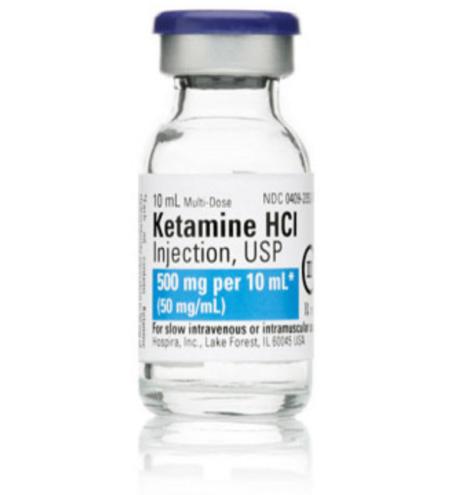

Price $260
KETAMINE LIQUID
Brand: Psychedelics
Category: Booster Shots(Injections)
SKU: 9951206432116
DESCRIPTION
Ketamine is a medication mainly used for starting and maintaining anesthesia. It induces a trance-like state while providing pain relief, sedation, and memory loss. Other uses include sedation in intensive care and treatment of chronic pain and depression.
Ketamine is a medication primarily used for starting and maintaining anesthesia. It induces dissociative anesthesia, a trance-like state providing pain
relief, sedation, and amnesia. The distinguishing features of ketamine anesthesia are preserved breathing and airway reflexes, stimulated heart function with increased blood pressure, and moderate bronchodilation. At lower, sub-anesthetic doses, ketamine is a promising agent for pain and treatment-resistant
depression. However, the antidepressant action of a single administration of ketamine wanes with time, and the effects of repeated use have not been sufficiently studied.
Psychiatric side effects are frequent as well as raised blood pressure and nausea. Liver and urinary toxicity are common among regular users of high doses of ketamine for recreational purposes.
Ketamine is an NMDA receptor antagonist, and that accounts for most of its actions except the anti-depressive effect, the mechanism of which is a matter of much research and debate.
Infusions of Ketamine are used for the acute pain treatment in emergency departments and in the perioperative period in individuals with refractory pain. The doses are lower than those used for anesthesia; they are usually referred to as sub-anesthetic doses. Adjunctive to morphine or on its own, ketamine reduces morphine use, pain level, nausea, and vomiting after surgery. Ketamine is likely to be most beneficial for surgical patients when severe post-operative pain is expected and
for opioid-tolerant patients.
Ketamine is especially useful in the prehospital setting, due to its effectiveness and low risk of respiratory depression. Ketamine has similar efficacy to opioids in a hospital emergency department setting for management of acute pain
and for control of procedural pain. It may also prevent opioid-induced
hyperalgesia and postanesthetic shivering.
For chronic pain, ketamine is used as an intravenous analgesic, particularly, if the pain is neuropathic. It has the added benefit of counteracting spinal sensitization or wind-up phenomena experienced
with chronic pain. In multiple clinical trials, ketamine infusions delivered short-term pain relief in neuropathic pain diagnoses, pain after traumatic spine injury, fibromyalgia, and complex regional
pain syndrome (CRPS). However, the 2018 consensus guidelines on chronic pain concluded that, overall, there is only weak evidence in favor of ketamine use in spinal injury pain, moderate evidence in favor of ketamine for CRPS, and weak or no evidence for ketamine in mixed neuropathic pain, fibromyalgia, and cancer pain. In particular, only for CRPS there is evidence of medium to
longer term pain relief
Ketamine is a robust and rapid-acting antidepressant, albeit its effect is transient. Intravenous ketamine infusion in treatment resistant depression results in improved mood within 4 hours reaching the peak at 24 hours. The effect is diminished at 7 days, and most patients relapse within 10 days, although for a significant minority the improvement may last 30 days and longer. The main challenge with ketamine treatment is what to do when the anti-depressive action expires. The maintenance therapy with ketamine (from twice a week to once in two weeks) appears to be a promising option, although the evidence to firmly recommend it is insufficient. Ketamine may also decrease suicidal thoughts for up to three days after the injection. Ketamine may be effective for bipolar depression, but the data on its use is scarce.
Ketamine has not been approved for use as an antidepressant, but the Canadian Network for Mood and Anxiety Treatments recommends it as a
third line treatment for depression. One of the enantiomers of ketamine, esketamine, has been approved as a nasal spray for treatment-resistant depression in the United States and elsewhere (see Esketamine Depression). Intravenous infusion of ketamine has never been directly compared with intranasal esketamine, but a comparative meta-analysis of clinical trials indicates the superiority of intravenous ketamine, which has greater overall response and remission rates, and lower number of dropouts.



